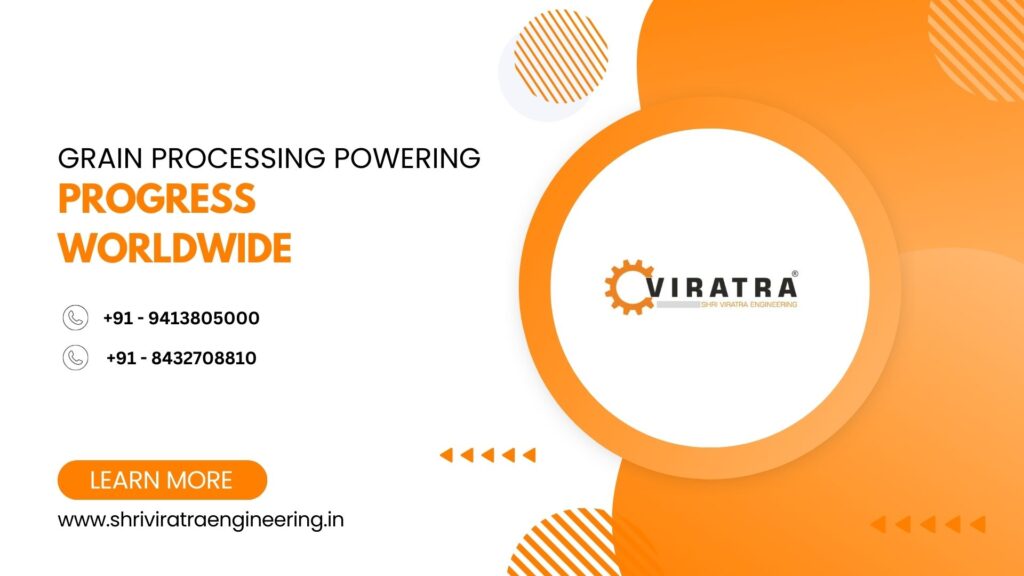The eway bill system is an essential tool within India’s Goods and Services Tax (GST) framework, simplifying goods transportation while ensuring compliance with tax regulations. Businesses and transporters must understand how to generate an eway bill effectively to facilitate smooth logistics operations. This step-by-step guide outlines the process of generating an eway bill and offers practical tips for accuracy and efficiency.
Step-by-Step Guide to Generating an Eway Bill
Generating an eway bill is a straightforward process when the necessary details are readily available. Here are the steps:
Step 1: Access the GST Eway Bill Portal
Begin by logging into the GST Eway Bill Portal using your registered username and password. Ensure your login credentials are secure and up to date.
Step 2: Navigate to the “Generate New” Option
Once logged in, go to the dashboard and select the “Generate New” option. This will take you to the eway bill generation page.
Step 3: Fill in Part A of the Form
Provide the following details in Part A of the form:
- GSTIN of the Supplier and Recipient: Enter the GSTIN numbers of the consignor and consignee.
- Invoice/Document Details: Include the invoice or challan number, date, and value of goods.
- Place of Dispatch and Delivery: Specify the locations of origin and destination.
- Harmonized System of Nomenclature (HSN) Code: Provide the correct HSN code for the goods being transported.
- Description of Goods: Briefly describe the nature of the goods.
- Value of Goods: Mention the total taxable value and applicable tax.
Step 4: Fill in Part B of the Form
Part B requires transportation details:
- Transporter ID or Vehicle Number: Provide the transporter’s GSTIN or the vehicle number being used.
- Mode of Transport: Specify whether the goods are being transported by road, rail, air, or ship.
- Distance: Mention the approximate distance in kilometers from the source to the destination.
Step 5: Verify and Generate
Double-check all entered details for accuracy. Once verified, click the “Submit” button to generate the eway bill. The system will provide a unique Eway Bill Number (EBN), which serves as proof of compliance.
Step 6: Share the Eway Bill
The generated eway bill must be shared with the transporter and recipient. Ensure that a copy is either digitally accessible or physically carried during transit.
Tips for Accurate Eway Bill Generation
- Keep Necessary Details Handy: Before starting the process, gather all required details such as GSTINs, invoices, and transportation information.
- Use Automation Tools: Leverage GST-compliant software to minimize manual errors and save time.
- Double-Check Entries: Avoid penalties by thoroughly reviewing all details before submission.
- Train Staff: Ensure that your team is well-versed in eway bill requirements and the portal’s functionalities.
- Monitor Validity Periods: Goods must be transported within the eway bill’s validity to avoid compliance issues.
Common Challenges and Solutions
Despite the system’s efficiency, some challenges may arise during eway bill generation:
- Data Entry Errors: Double-check all information to prevent inaccuracies.
- Technical Glitches: In case of portal downtime, try generating the eway bill during non-peak hours or contact support.
- Amendments: Any changes to the eway bill require careful navigation of the amendment process. Familiarize yourself with these steps in advance.
Conclusion
Generating an eway bill is a critical part of modern logistics and GST compliance in India. By following this step-by-step guide and adopting best practices, businesses can ensure accuracy, avoid penalties, and maintain smooth operations. The eway bill system not only simplifies goods transportation but also enhances transparency and accountability in the supply chain. Familiarity with the eway bill generation process is essential for businesses looking to thrive in India’s dynamic economic environment.

